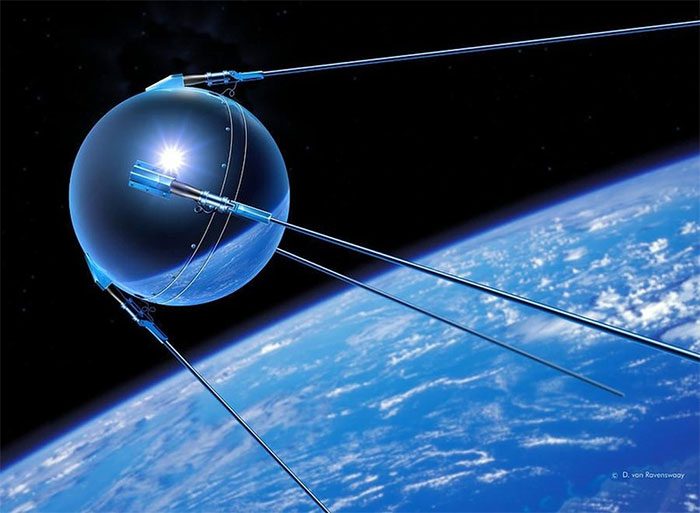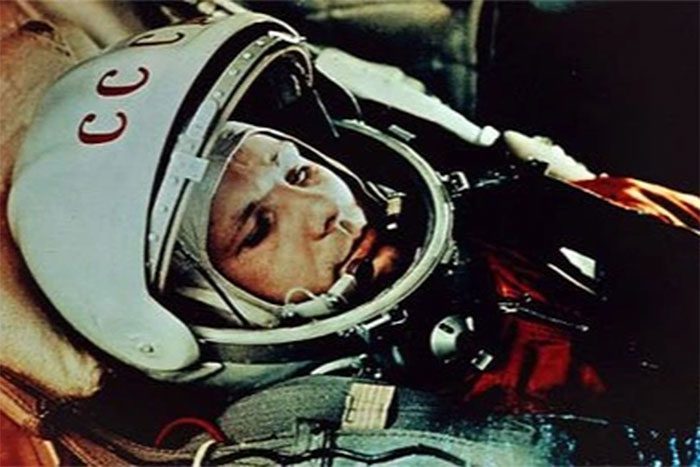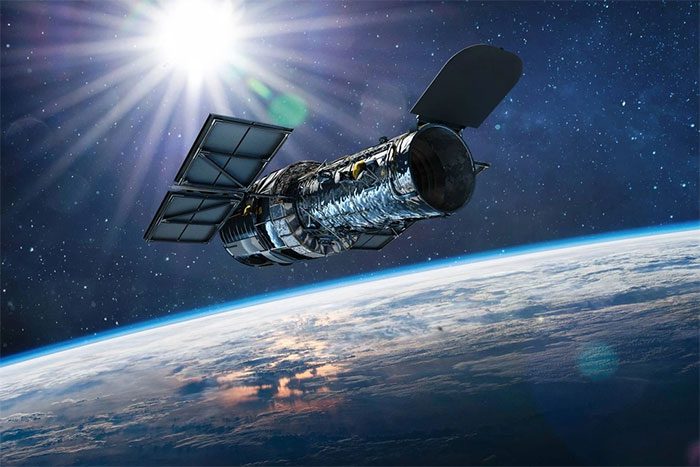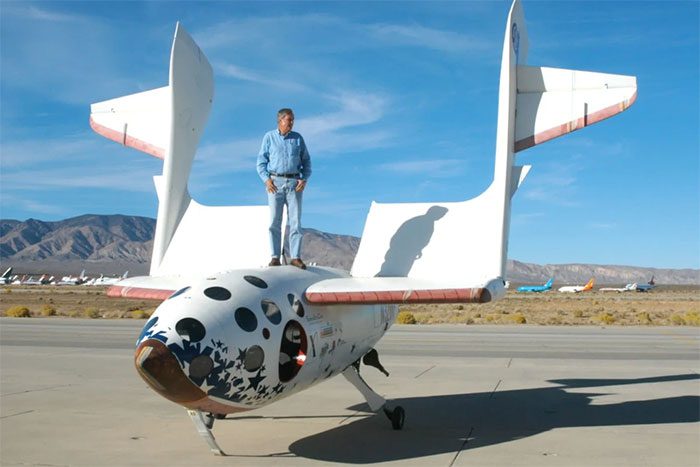A Look Back at the Most Notable Milestones in the History of Space Exploration
On August 23, India’s Chandrayaan-3 lander successfully made a soft landing at the Moon’s south pole in a historic mission that captured the world’s attention.
This successful landing elevated India’s status in the space race, making it the fourth country in the world to land a spacecraft on the Moon.
While the Chandrayaan-3 mission holds great significance for India, it does not mark a turning point as momentous as many other space exploration missions achieved by humanity.
Here are five of the most notable milestones in the history of space exploration that we take pride in recalling.
1. The First Operational Satellite in Space

Soviet Satellite Sputnik 1. (Photo: Getty).
On October 4, 1957, Sputnik 1 became the first satellite launched into space by humans, marking the dawn of humanity’s space age.
The launch of Sputnik in 1957 signaled the Soviet Union’s technical leadership in a new field and showcased the capabilities and development of its rocket production industry.
Thanks to a minimalist yet sophisticated technological approach, the Soviet Union’s achievement became a significant driving force for numerous subsequent missions, including crewed spaceflights and the deployment of space stations.
According to the United Nations Office for Outer Space Affairs (UNOOSA), as of the end of June 2023, there are approximately 11,330 individual satellites orbiting Earth.
2. The First Human in Space

Yury Gagarin, the First Human in Space. (Photo: Getty).
On April 12, 1961, astronaut Yury Gagarin became the first human to travel into space aboard the Vostok 1 spacecraft. The flight completed an orbit around Earth lasting 1 hour and 29 minutes before safely landing.
Gagarin became a global icon and was awarded numerous medals and honors, including the title of Hero of the Soviet Union.
Despite a life filled with ups and downs, and a mysterious death at the age of 34, Yuri Gagarin remains a memorable figure in aviation and space history, symbolizing national strength and serving as a source of pride for the former Soviet Union.
3. Humanity’s Moon Landing

Neil Armstrong Next to the U.S. Flag on the Moon. (Photo: AFP).
The Apollo 11 mission, launched on July 20, 1969, achieved the goal of landing humans on the Moon for the first time.
Neil Armstrong had the honor of making history. This event is considered one of the most significant milestones in the 20th century’s journey of space exploration.
Armstrong’s historic words as he took his first step on the Moon were: “That’s one small step for [a] man, one giant leap for mankind.”
4. Deployment of the Hubble Space Telescope

Hubble Space Telescope. (Photo: NASA).
On April 25, 1990, the Hubble Space Telescope, named after Edwin Powell Hubble, was launched into orbit by the crew of the Space Shuttle Discovery.
The Hubble Telescope is the most advanced optical observatory ever to orbit Earth, equipped with scientific instruments and cameras to analyze data and capture images of the universe.
The images it collected played a crucial role in revolutionizing astronomy and advancing human understanding of the universe.
5. The First Private Manned Spacecraft

American Aircraft Designer Burt Rutan and SpaceShipOne. (Photo: Getty).
On June 21, 2004, SpaceShipOne, designed and developed by Scaled Composites, became the first privately funded manned spacecraft to cross the boundary of space.
The spacecraft utilized a hybrid rocket engine, achieving speeds of 3,300 km/h and carrying three people to an altitude of 112 km, breaking the altitude record set by the X-15 rocket 41 years earlier.
This flight is considered to have opened a new frontier in commercial space tourism. Scaled Composites’ pioneering efforts inspired numerous private companies in the U.S. to pursue this highly expensive field.
Today, companies like Blue Origin, SpaceX, and Virgin Galactic are collectively painting a picture of the wave of billionaires racing into space.





















































